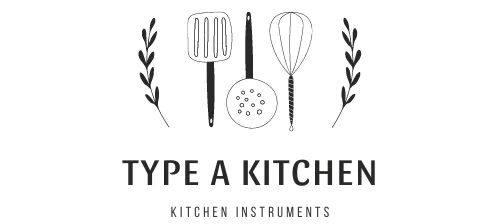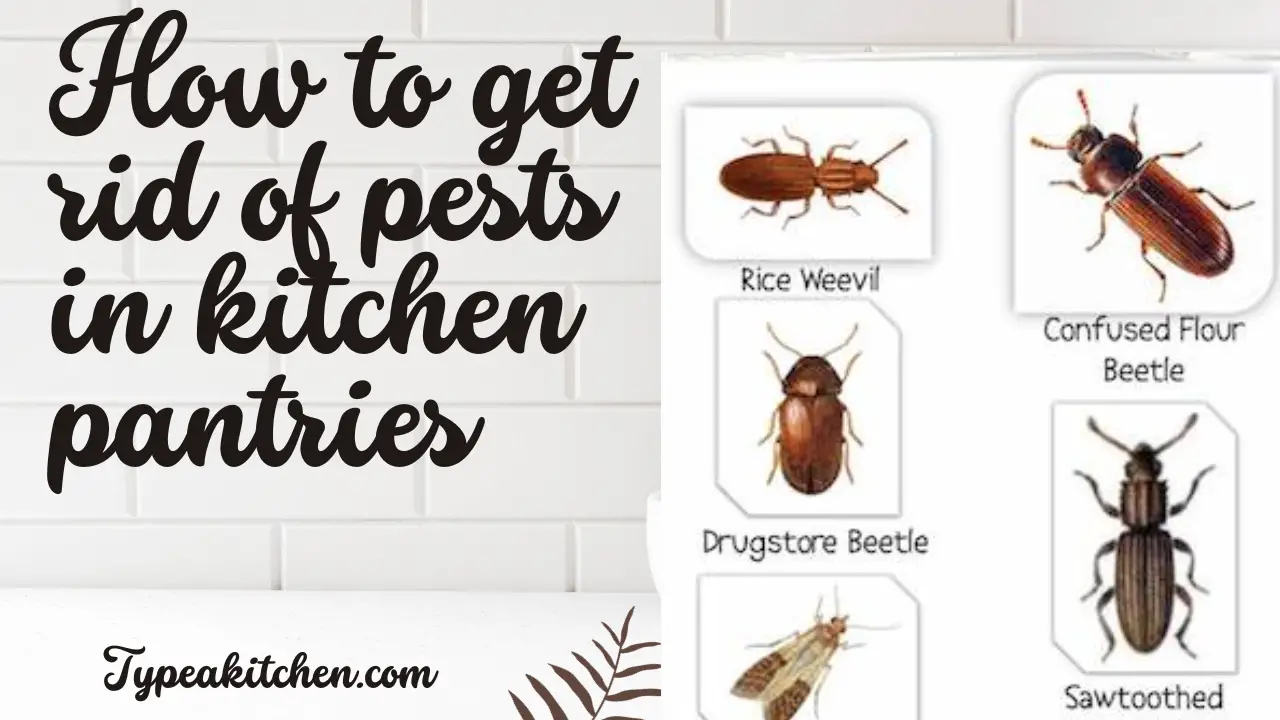Introduction
Having pests in your kitchen pantry can be a major nuisance and a potential health hazard. Not only can they contaminate your food, but they can also cause damage to your pantry and its contents. Dealing with pests in the kitchen requires a proactive approach to ensure that you eliminate them and prevent their return.
Once you have identified the pest causing trouble in your pantry, it’s time to take action. Thoroughly clean your pantry shelves using hot soapy water or a mild cleaning solution to remove any traces of pests or their droppings. Prevention is key when it comes to keeping pests out of your kitchen pantry for good. Make sure all food items are stored in sealed containers made from materials like glass or plastic that cannot be easily penetrated by pests. Regularly inspect and clean your pantry shelves, checking for signs of pest activity such as droppings or chew marks on packaging.
Overview of How to get rid of pests in kitchen pantries
One of the most common places for pests to invade our homes is the kitchen pantry. The warm and dark environment, coupled with an abundance of food, makes it an inviting space for insects and rodents. However, there are several steps you can take to get rid of these unwanted guests and keep your pantry pest-free.
Firstly, it’s essential to identify the type of pest you’re dealing with. Once you’ve identified the pest, it’s time to take action. Start by removing all contaminated food items from your pantry and disposing of them properly. Thoroughly clean all shelves using a mixture of warm water and dish soap to remove any residue that may attract pests back into the area. Next, inspect all incoming groceries before placing them in your pantry. Consider transferring dry goods such as cereals and grains into airtight containers to prevent re-infestation. Finally, establish preventive measures to deter future intrusions into your pantry space.
10 ways to get rid of pests in kitchen pantries.
1. Clean and organize the pantry:
To get rid of pests in kitchen pantries, start by thoroughly cleaning the area. Remove all items from the pantry and wipe down shelves with a mixture of water and vinegar to eliminate any traces of food residue that may attract pests. Next, inspect all food packages for signs of damage or infestation. Additionally, invest in pest control solutions like traps or bait stations specifically designed for the type of pest you are dealing with.
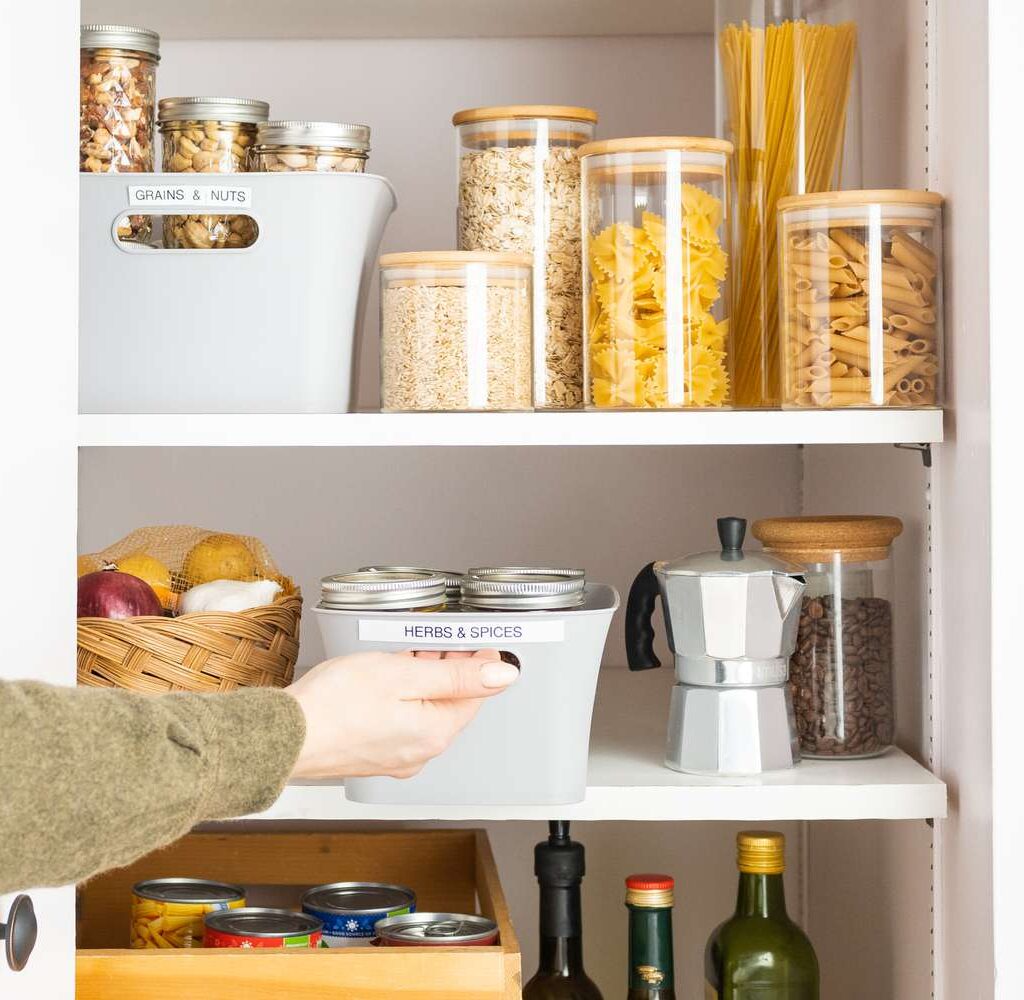
2. Seal cracks and gaps:
One effective method to prevent pests from infiltrating your kitchen pantry is to seal cracks and gaps. These small openings provide easy access for pests, allowing them to enter and infest your food storage area. Inspect the walls, floors, ceilings, and baseboards of your pantry for any visible cracks or gaps. Use silicone-based caulk or foam insulation to seal these openings tightly. Ensure that all windows are properly sealed as well.
3. Store food properly:
Store food properly to prevent pests from infesting your kitchen pantries. One of the most effective ways to keep pests away is by using airtight containers for storing dry goods such as flour, rice, and pasta. Additionally, it is important to regularly inspect your food items for signs of infestation. Check for any holes or tears in the packaging and discard any contaminated products immediately. Keeping your pantry clean and organized is also crucial in preventing pest problems. Regularly sweep or vacuum the shelves to remove any crumbs or spills that may attract pests.
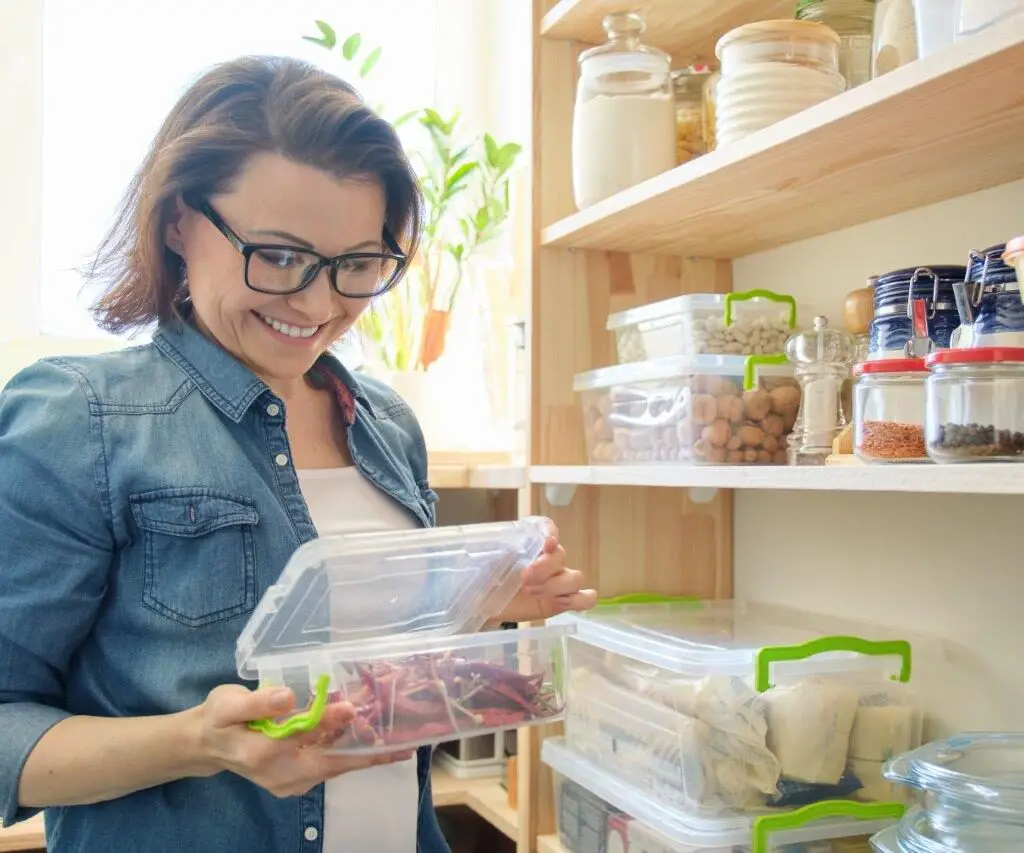
4. Dispose of infested items:
Start by inspecting all the items stored in your pantry, including dry goods like grains, cereals, and baking supplies. If you find evidence of pests, seal these items in airtight plastic bags before discarding them in an outside trash bin. It’s important not to overlook non-food items that may also be infested with pests. Check these containers thoroughly for any signs of infestation before deciding whether they need to be discarded. Additionally, don’t forget to examine the packaging materials themselves as they can sometimes serve as hiding spots for pests.
5. Use pantry moth traps:
One effective method to eliminate pantry pests, such as pantry moths, is by using pantry moth traps. These traps are designed to attract and capture adult moths, preventing them from laying eggs and continuing the infestation. Pantry moth traps typically consist of a sticky surface inside a small container or cardboard box, along with an attractive lure that emits pheromones to entice the moths.
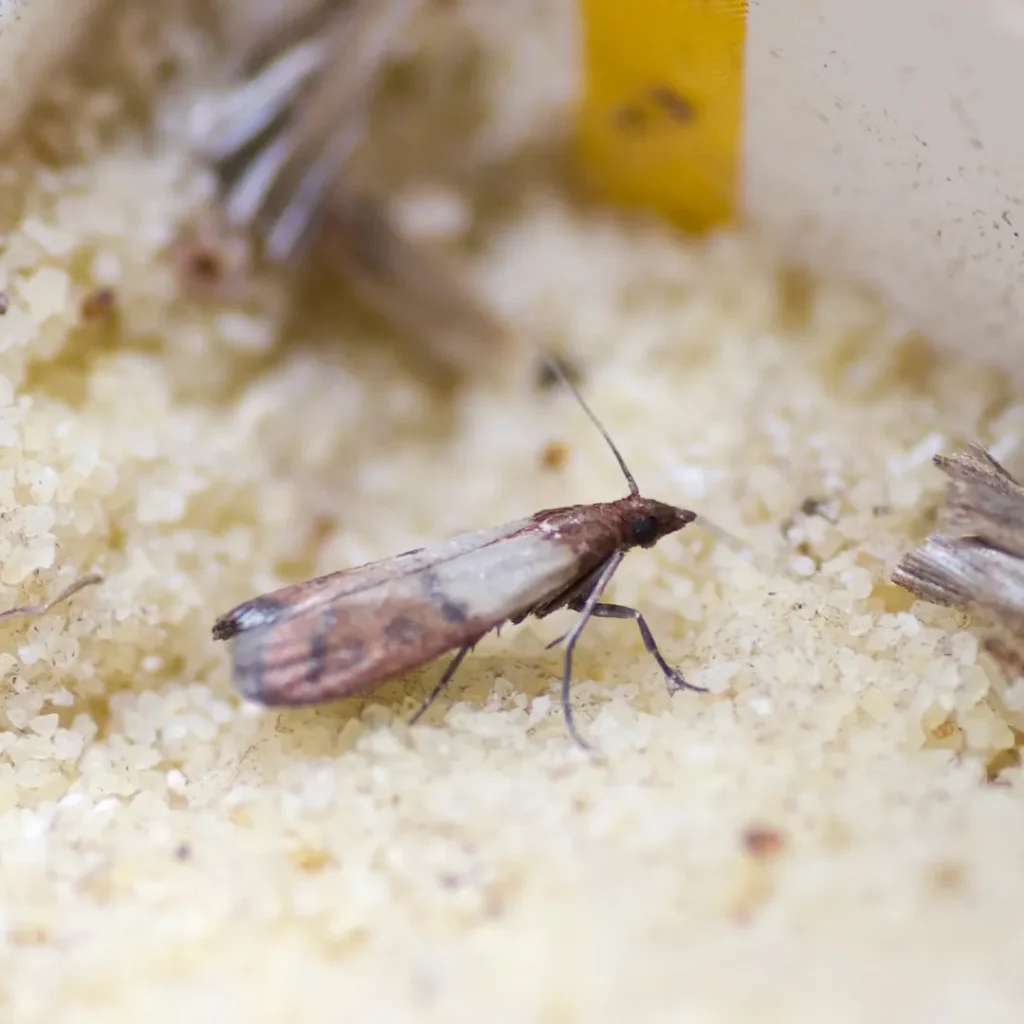
6. Diatomaceous earth:
Diatomaceous earth, a natural and non-toxic substance, can be an effective solution for eliminating pests in kitchen pantries. Derived from the fossilized remains of diatoms, and small aquatic organisms, this powdery substance works by dehydrating and ultimately killing insects like ants, cockroaches, and pantry moths. To use diatomaceous earth in the pantry, simply sprinkle it along cracks and crevices where pests may enter or hide. The abrasive nature of the powder damages the protective outer layer of insects’ bodies, causing them to dry out and die.
7. Bay leaves:
When it comes to keeping pests at bay in your kitchen pantry, bay leaves can be your secret weapon. Not only do they add a distinct flavor to soups and stews, but their strong aroma acts as a natural deterrent for insects such as ants, roaches, and weevils. Simply place a few dried bay leaves in containers or shelves where you store dry goods like rice, flour, and pasta. The scent of the bay leaves will repel pests and keep them from infesting your food items.
8. Vinegar and water spray:
One effective and natural way to get rid of pests in kitchen pantries is by using vinegar and water spray. To create the spray, simply mix equal parts white vinegar and water in a spray bottle. When using vinegar and water spray, it’s important to target areas where pests are most likely to hide or enter your pantry. Spray the solution along pantry shelves, corners, cracks, and crevices where insects may be present. The strong odor of vinegar acts as a deterrent for many pests such as ants, cockroaches, fruit flies, and spiders.
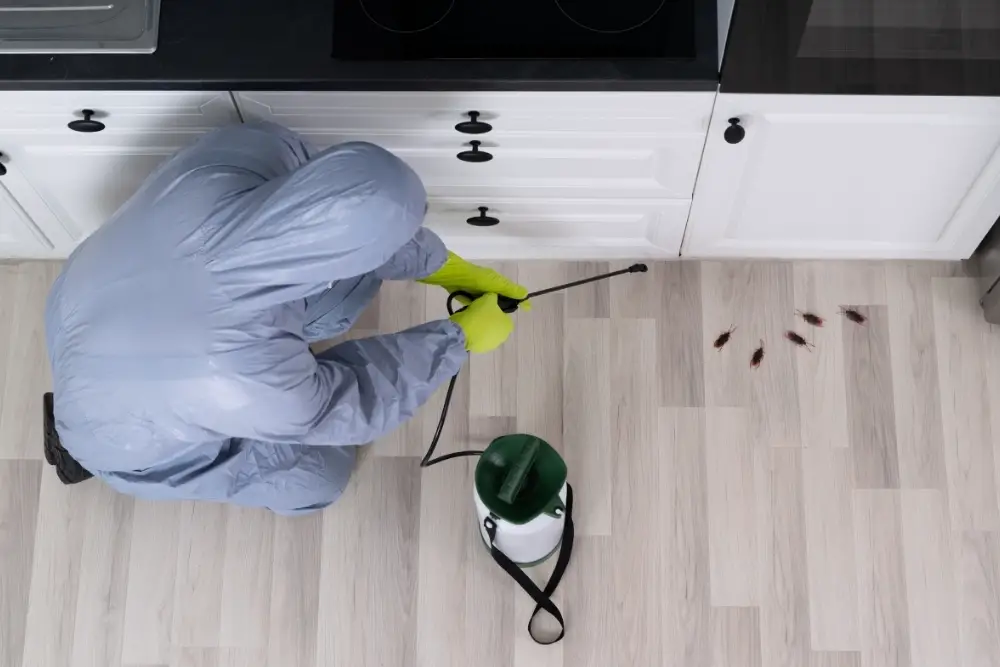
9. Cinnamon sticks:
Cinnamon sticks are a natural and effective solution for getting rid of pests in kitchen pantries. Not only do these aromatic sticks add a delightful scent to your pantry, but they also act as a deterrent for insects and rodents. The strong smell of cinnamon is known to repel ants, moths, spiders, and even mice. Simply place a few cinnamon sticks in your pantry shelves or drawers to keep these unwanted guests at bay.
10. Regular inspections:
Regular inspections are a crucial aspect of pest control in kitchen pantries. By conducting routine checks, homeowners can identify any signs of infestation early on and take immediate action to eliminate pests. Inspections should include examining the shelves, corners, and cracks for any droppings, chewed packaging, or dead insects. It is also important to check food containers and packages for holes or gnaw marks that may indicate the presence of pests.
Conclusion
Having pests in our kitchen pantries can be a frustrating and unhygienic experience. However, by following the steps outlined in this article, we can effectively get rid of these unwanted visitors and prevent future infestations. It is crucial to maintain cleanliness and regularly inspect and declutter our pantries. By sealing all food items tightly and using natural repellents or professional pest control solutions, we can protect our kitchen from pests. Let us take action today to create a clean and pest-free environment in our pantries, ensuring that our food remains safe and healthy for consumption.
